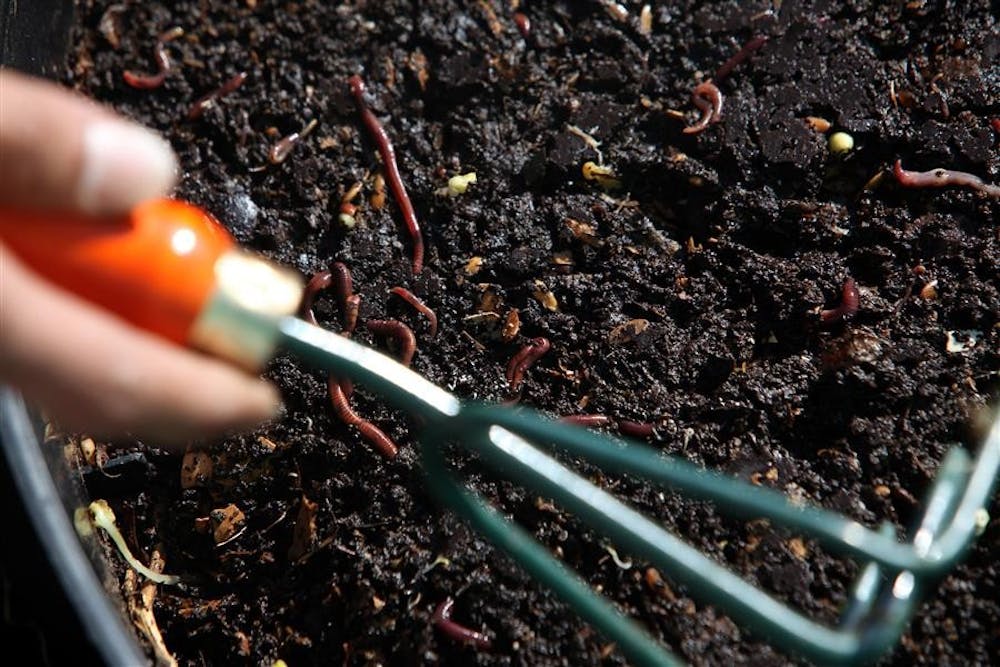This marks my last DIY column. This is a sad day.
But this isn’t the end. For those of you who have followed me throughout the semester, I hope you continue to do DIYs. Whether you’re making a honey and ginger concentrate for tea or growing herbs indoors, you’re having fun and creating something original. Plus, the best part about DIYs is you can modify the instructions to fit what you have and what you want to create. So continue to create.
While I’ve enjoyed all my DIYs, what I’ve liked the most is learning how to get creative with “garbage” and keep it out of the trashcan. By simply saving up tin cans, wine bottles or even beer cans, with the help of some glue or string, there are endless opportunities as to what you can create. Plus, you’re sending less waste to America’s overflowing landfills. Therefore, I had to end my column by doing a project of this nature.
My last and final DIY is one that everyone can — and should — do, because it’s cheap and beneficial in so many ways: build your own compost bin for Earth Day. I know the holiday fell on Monday, so this DIY is a little late, but a belated present to the Earth is better than no present at all. Now that summer is around the corner and it’s dead week, there’s no excuse to not spend fifteen minutes making this outside.
With a compost bin, you can dispose of food scraps, leaves, cut grass and any other organic material. Yeah, you can leave old clumps of grass in your yard and throw food down the garbage disposal, but when you compost, you’re keeping waste out of landfills. Plus, if you garden, the compost helps flowers and vegetables grow. And if not, lay the compost around existing trees and plants in your yard.
Now that’s good Earth karma.
What you’ll need: a large plastic bin (no less than 18 gallons) with a lid.
1. Make approximately 20 small holes in the plastic bin. Do this on the top and bottom of the bin.
2. Fill the bin with a shallow layer of leaves or newspaper. Throw in organic waste (leaves, vegetables, coffee grounds, etc). You want your compost to be damp, but not wet. If it’s wet, add shredded newspaper. If it’s too dry, spray it with water.
3. Keep the bin outdoors and in the shade. Gently shake the bin every day to aerate it. When the waste has broken down into small pieces, sprinkle it in your gardens.
— acarnold@indiana.edu
DIY: Earth Day Compost Bin

Get stories like this in your inbox
Subscribe




